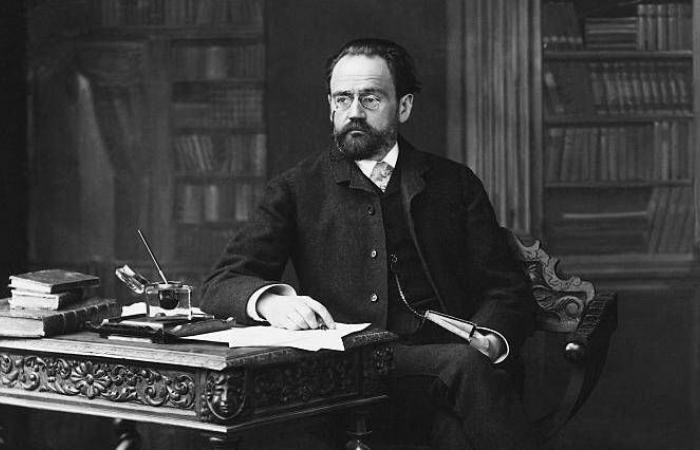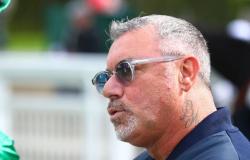Pierre Assouline is the author of a dozen biographies: the lives of Albert Londres, Rudyard Kipling, Gaston Gallimard and Georges Simenon are scrutinized by this French man of letters. From the factory of great men to the cuisine of great works, only one book was missing, which he has just published: How to write is the sum of several decades of reading, lessons learned from the writing of his own novels and confidences gleaned from his interviews organized into a pragmatic story that will fascinate bibliophiles.
It can be read like a writing manual. From methodological tools to the delicate art of finishing, Pierre Assouline reviews all the crucial stages in the gestation of a work. Style, genre, dialogue, characters, title – if writing was an exact scienceHow to write would be its participatory instructions, rich in advice from coaches as diverse and gifted as Joyce Carol Oates (“write passionately and without reservation, write for your generation, don’t compare yourself, don’t get discouraged, read a lot…”), Steinbeck (two pages per day in Mongol 482 pencil), Zola (worked from three sources: “books, witnesses, and direct and personal observation”), Wild and his aphorisms, Stephen King (“we do not written not with moral questions, but a story and characters”), Truman Capote (who managed to write The sang-froid without using the pronoun “I”), Paul Auster (launched without a plan in his New York trilogy) or Marina Tsvetaïeva and her cult of the last pages.
The melody of the world
A dream cast gathered around an impossible mission, because a certainty emerges from How to write. Despite the promise of the title, it is the absence of a single truth in matters of narrative art that its author demonstrates to us: “Everyone has their own method, there are as many ways of doing things as there are writers”. This aporia posed, we wander more lightly in this polyphonic investigation where examples and quotations follow one another to illuminate the main aspects of any literary enterprise: what consequences for what point of view? Should we tell the present tense? Priority to characters or story? How to process sources? Is gender decisive?
The problems encountered are universal, but the solutions are always personal. From Racine to Modiano via Katherine Mansfield whom he calls “the watercolorist of the fragment”, Pierre Assouline, member of the Académie Goncourt, is never more relevant than when he dwells on the details: Amos Oz s ‘at the table at 5 a.m. to enjoy the cottony state of waking up, conducive to the imagination. Mathieu Belezi does not write “until the voice of his character imposes it on him”, while Leonardo Padura forces himself to look out the window every twenty minutes, so as not to lose the melody of the world around him .
Leaving the company of these artists at work, we feel more inclined to read them than to write in turn – a sign that the mysterious aura of literature is not so easily revealed.
Essay. Pierre Assouline, How to writeEd. Albin Michel, 335 pages.






